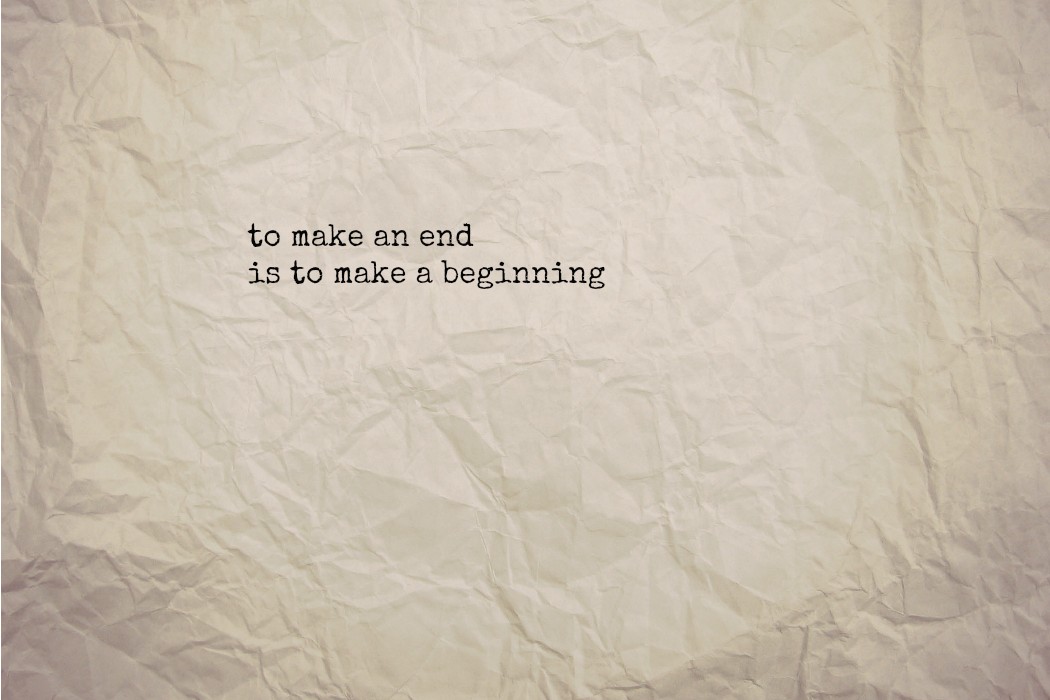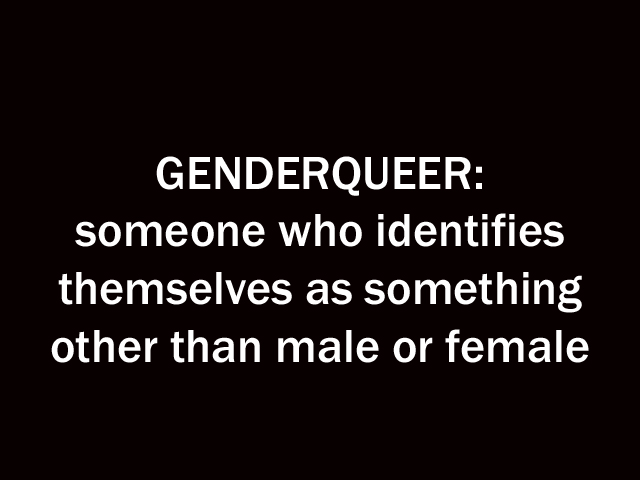
If you are a man of a certain age (say, over 40-45), you have likely had at least one prostate screen in your regular exams (and if you haven't, DO IT NOW). The old school test is the digital rectal exam (DRE), you know, the one where the doc inserts a gloved, lubricated finger into your arse and feels for the size of the prostate gland. Most men dread this part of the physical. Once prostate specific androgen was discovered (by Richard Ablin, in 1970) and a blood test was developed, PSA screens became the most popular diagnostic tool.
The problem is that PSA screening is not a very effective tool. Dr. Ablin, and a lot of other researchers, worry that "the use of the PSA test has led to overdiagnosis and overtreatment, with millions of unnecessary surgeries, complications and deaths." There is considerable research to support this concern.
This is from "Prevention of Prostate Cancer" (Algotar, AM, Stratton, MS, Harryman, WL, and Cress, AE); Fundamentals of Cancer Prevention, D. Alberts, L.M. Hess (eds.), 2014.
Treatment of clinically silent cancers is termed “overtreatment” (Klotz 2012 ). Estimates place the cost of this phenomenon in excess of $31 and $55 million respectively (Heijnsdijk et al. 2009 ).
After extensive review of literature, the United States Preventive Services Task Force (USPTF) has issued a grade D recommendation (“discourage the use of this service”) for screening with PSA (Force 2012 ). This means that the USPTF believes there is moderate or high certainty that screening with PSA has no net benefit or that the harm outweighs the benefit. This grade D recommendation applies to healthy men of all ages, regardless of race or family history. (p. 495-496)Perhaps the most scathing review of PSA testing in recent months comes from Dr. Ablin himself, in a New York Times editorial, The Problems with Prostate Screening (Nov. 25, 2014).
In this editorial, he dissects some serious issues with two major studies - European Randomized Study of Screening for Prostate Cancer, and the so-called Swedish Goteborg study - both of which support the use of PSA tests to reduce prostate cancer deaths. These studies appeared in highly prestigious journals, The New England Journal of Medicine and Lancet Oncology, respectively.
The researchers in the European Randomized Study of Screening for Prostate Cancer (ERSPC) have refused to make their data available to outside researchers, despite government and charity funding of the project. This is a HUGE red flag. More troubling, however, is that this project transferred 60% of the data from the Swedish Goteborg Study, which is unique "among country-specific studies in showing an almost 50 percent reduction in prostate cancer deaths for screening recipients." Without this data (which is an outlier in PSA research), there would not have been any clinically relevant survival rate in the ERSPC study.
Another HUGE red flag is that several of primary researchers in the European study have interests in the PSA screening industry. This is from Dr. Ablin's editorial:
Finally, several senior authors of the European trials, and their American supporters, have potential conflicts of interest that relate to payments from companies involved in marketing PSA tests, or in holding patents in the PSA and prostate cancer diagnostic space — relationships documented by the International Committee of Medical Journal Editors, in the forms that accompany the PSA-study publications and in disclosures found in CA: A Cancer Journal for Clinicians.None of this serves the men who rely on prostate cancer screening to protect them and identify possible tumors as early as possible (early detection = much higher survival rates).
In the end, the decision to get a prostate cancer screen (of whatever type) should be made by the man in discussion with his physician. For men who are not in high-risk groups (high risk groups include African-Americans, first-degree relative with prostate cancer before age 65, and so on), the American Cancer Society does not recommend prostate cancer screens.
For myself, I have chosen to go with the DRE in my physicals, and I made this choice in conversation with one of the leading researchers in prostate cancer, Dr. Anne Cress of the UA Cancer Center (and a friend of mine). This feels like the best choice for me.





















